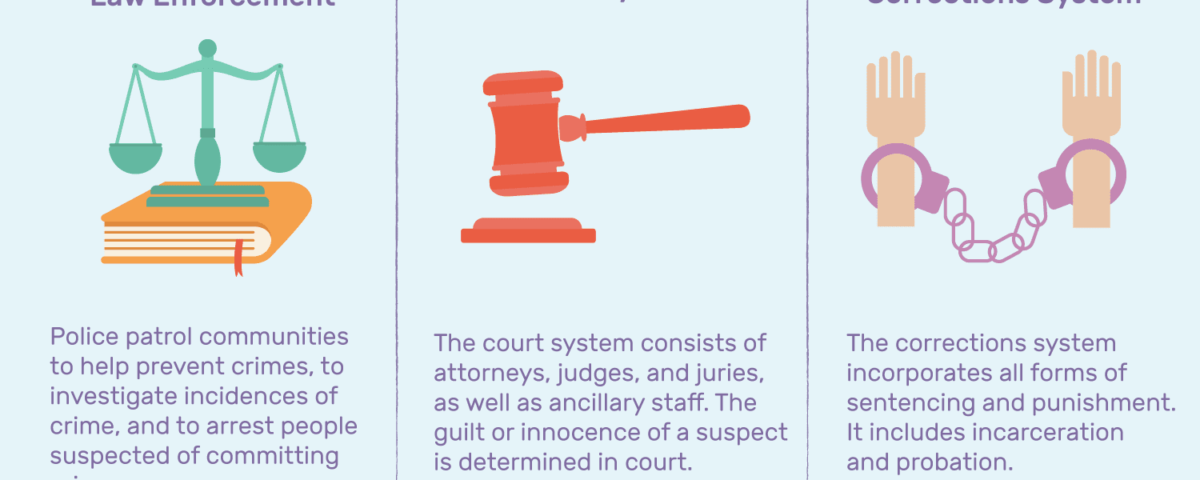- Top Quality Custom Essays
- +1 (628) 201-7932
- eprowriters01@gmail.com
Labeling Theory and the understanding of crime and deviance.
Labeling Theory and the understanding of crime and deviance.

Labeling Theory and the understanding of crime and deviance.
Last updated on September 29th, 2023 at 06:39 am
Applying material from your research and the work of sociologists, evaluate the contribution of Labeling Theory to our understanding of crime and deviance.
Paper details:
- With name and candidate number in preparation with a list of indicative references, listed according to Harvard format, at least two of which should be from academic sources such as books or academic journals.
Need help with this or similar assignment?
- Tell Us Your Requirements: Please provide us with the specifics of your paper so that we may do our best to personalize it. Select the discipline, word count, format, academic level, and other details on the order form.
- Connect with the Best Writer: Consult and collaborate with an expert and complete your paper on schedule.
- Monitor the progress: Control the work process by checking the completed parts of your document right away. You can easily submit your comments by chatting with your essay writer on our website.
- Download Your Paper: Get your paper written according to your specifications. It is important to note that you only pay for an essay when you are completely satisfied with the outcome. Please provide us your feedback about our collaboration.
About Us
Eprowriters.com, and its afilliate blog Eprowriters.net, is a custom essay writing service that has been providing academic support with great success for more than five years. We are constantly updating our objectives in order to improve the quality of service we deliver and increase client satisfaction. We’ve progressed to an original concept as a result of our success.


